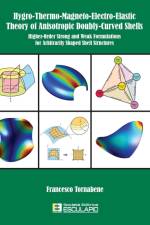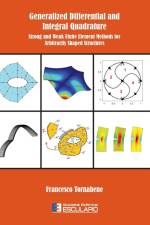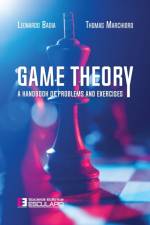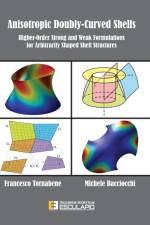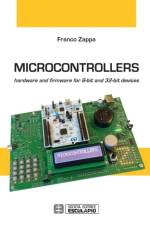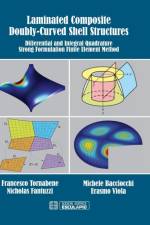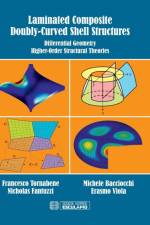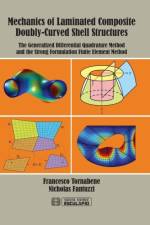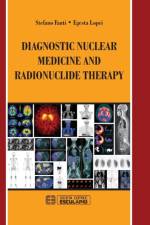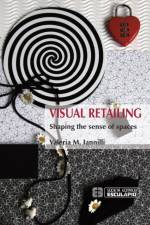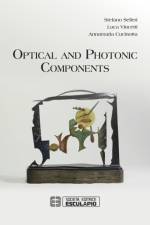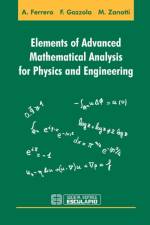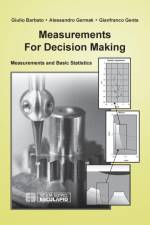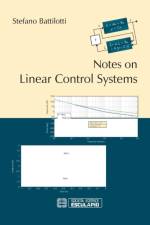av Francesco Tornabene
1 595,-
The main aim of this book is to analyze the mathematical fundamentals and the main features of the Generalized Differential Quadrature (GDQ) and Generalized Integral Quadrature (GIQ) techniques. Furthermore, another interesting aim of the present book is to shown that from the two numerical techniques mentioned above it is possible to derive two different approaches such as the Strong and Weak Finite Element Methods (SFEM and WFEM), that will be used to solve various structural problems and arbitrarily shaped structures. A general approach to the Differential Quadrature is proposed. The weighting coefficients for different basis functions and grid distributions are determined. Furthermore, the expressions of the principal approximating polynomials and grid distributions, available in the literature, are shown. Besides the classic orthogonal polynomials, a new class of basis functions, which depend on the radial distance between the discretization points, is presented. They are known as Radial Basis Functions (or RBFs). The general expressions for the derivative evaluation can be utilized in the local form to reduce the computational cost. From this concept the Local Generalized Differential Quadrature (LGDQ) method is derived. The Generalized Integral Quadrature (GIQ) technique can be used employing several basis functions, without any restriction on the point distributions for the given definition domain. To better underline these concepts some classical numerical integration schemes are reported, such as the trapezoidal rule or the Simpson method. An alternative approach based on Taylor series is also illustrated to approximate integrals. This technique is named as Generalized Taylor-based Integral Quadrature (GTIQ) method. The major structural theories for the analysis of the mechanical behavior of various structures are presented in depth in the book. In particular, the strong and weak formulations of the corresponding governing equations are discussed and illustrated. Generally speaking, two formulations of the same system of governing equations can be developed, which are respectively the strong and weak (or variational) formulations. Once the governing equations that rule a generic structural problem are obtained, together with the corresponding boundary conditions, a differential system is written. In particular, the Strong Formulation (SF) of the governing equations is obtained. The differentiability requirement, instead, is reduced through a weighted integral statement if the corresponding Weak Formulation (WF) of the governing equations is developed. Thus, an equivalent integral formulation is derived, starting directly from the previous one. In particular, the formulation in hand is obtained by introducing a Lagrangian approximation of the degrees of freedom of the problem. The need of studying arbitrarily shaped domains or characterized by mechanical and geometrical discontinuities leads to the development of new numerical approaches that divide the structure in finite elements. Then, the strong form or the weak form of the fundamental equations are solved inside each element. The fundamental aspects of this technique, which the author defined respectively Strong Formulation Finite Element Method (SFEM) and Weak Formulation Finite Element Method (WFEM), are presented in the book.



